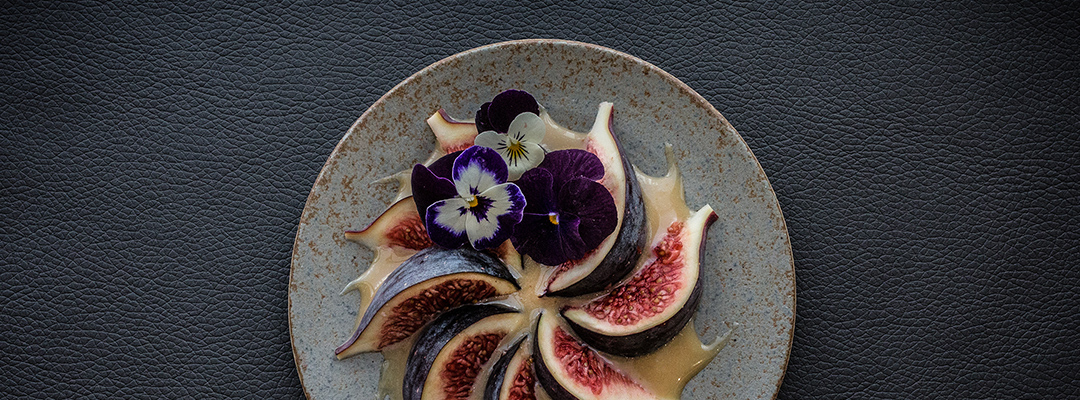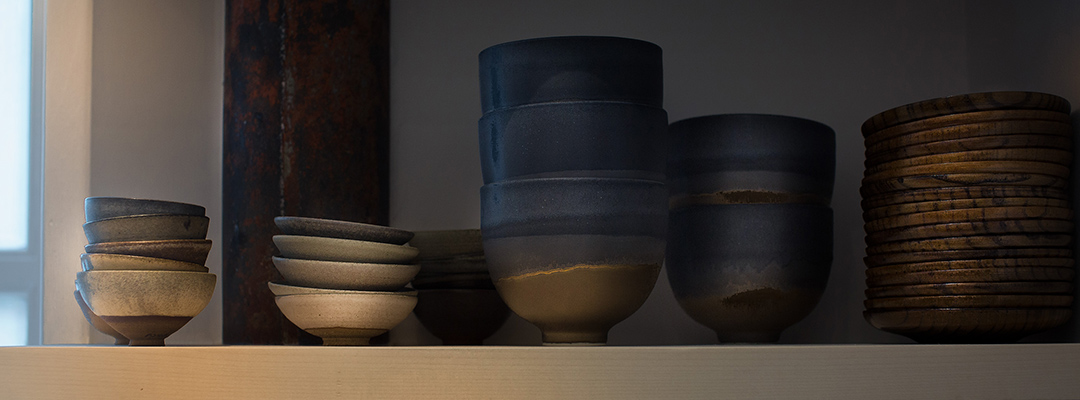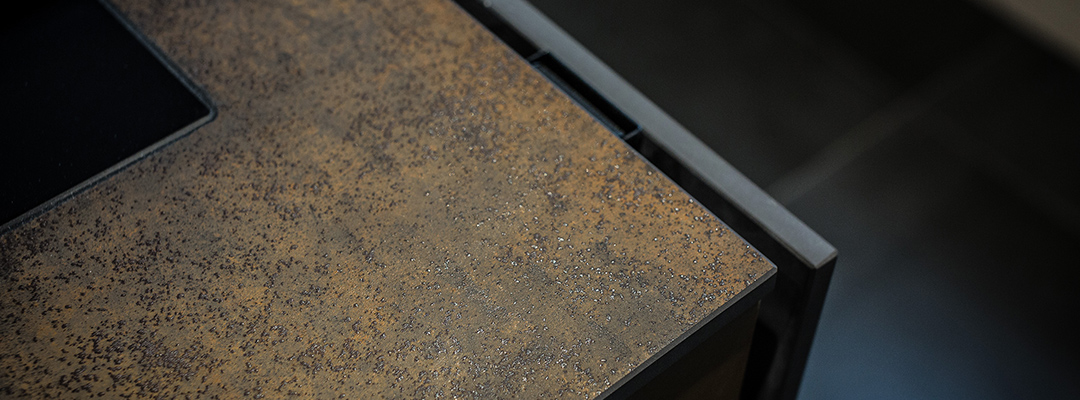Professional training
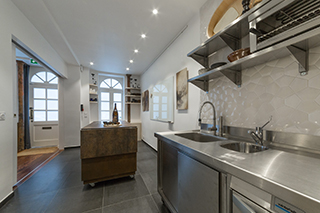
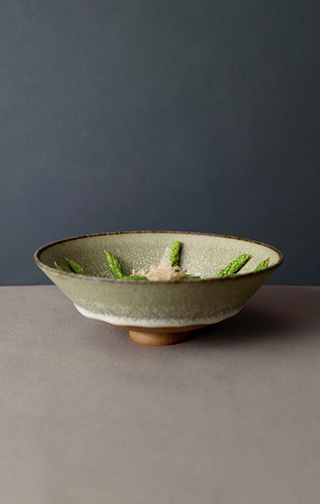
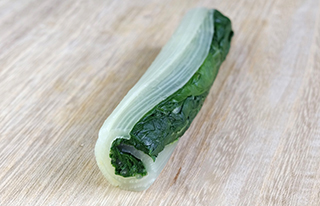
Japanese culinary art offers French cuisine new perspectives that can be illustrated in three points:
- traditional dietetics govern the balance of meals.
- Its handiwork and techniques alter and enrich our indigenous culinary practice,
- Its intrinsic relationship with living is a source of inspiration.
In Japan, I was trained in the diversity of this art, as well as in traditional dietetics. The knowledge that I’d like to share with you will enrich your vision of cooking, by offering new choices to complement your daily practice.
Here are some examples of how you can implement this knowledge once you have mastered it:
Company restaurant – Create balanced meals for the improved performance and well-being of your employees.
Business Club Cuisine– Reconcile gourmet meals and their levels of vitality; adapt each dish to the type of activity taking place (meetings, seminars, business trips, etc.)
Hotels – Offer culinary room service well-being throughout the whole day.
Nursing Homes – Reinvigorate our elderly’s meals, offering them happy and long lives, whilst considering tighter budgets.
Health Facilities – Make meals a healing ally.
School Canteens – Make meals a point of pleasure and health for our children, whilst also respecting budget constraints.
The aim is not to become a virtuoso chef in Japanese cuisine but instead to learn different practices, that will naturally be added to those that you have already mastered.
The traditional diet: Key principles
Japan is well known for its record life expectancies, with the Okinawa diet regularly cited as being responsible. As a matter of fact, Japanese nutrition is entirely different to what we experience in the West.
Unlike modern Western nutrition science that analyses diets in a quantitative way (considering calories, vitamins, minerals, fats, proteins, carbohydrates, etc.), traditional Asian societies have developed a more qualitative approach, based on observation, where foods are considered based on their direct effects on the body.
Historically, across Europe, we too have experienced more qualitative nutritional approaches, for example, the approach of Sainte Hildegarde of Bingen. However, these are only used in contemporary cuisine unlike in Japan where these traditional diet principles are always applied. Therefore, we are striving to share and implement them in our Western society.
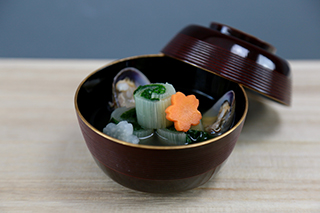

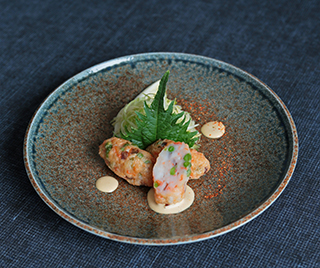
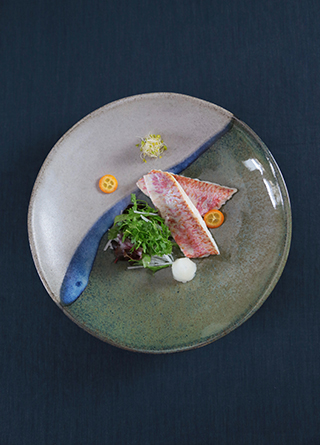
Professional training in Japanese cuisine: some examples
Chef Koki Higashi, culinary professor at the Tsuji School, explains the difference between our two practices: “In France, you add the ingredients, in Japan our cuisine is not founded on addition, but on subtraction”. Any flavour that could interfere with the expression of a key ingredient must be controlled. This is a fundamental principle of Japanese culinary practice.
To respect this principle, very specific cooking techniques are used, like, for example, a sauce or cooking process will be used to rectify the excessive bitterness of a wild spring plant.
Other techniques are linked to posture. To understand these, we need to return to the origins of Zen and the contribution of Master Dôgen. In his work, Instructions to the Zen Cook, the founder of the Japanese Soto school explains that it is in embracing Zen that we find the proper values and postures for the Japanese cook: “ Treat food with as much respect as if it were destined for the emperor’s table. Have the same respect for all foods, whether cooked or raw ”.
These are only a few examples of the themes that our courses tackle. We have many courses and they can be perfectly adapted to meet your individual needs. True to Japanese pragmatism, each course is taught via concrete techniques, often manual.
Here are some examples :
Master the art of Dashi – the traditional Japanese broth at the heart of many dishes, and the epitome of the UMAMI flavour
Cut and cook vegetables while conserving their original energy
Value each part of the food in line with the Zen philosophy
Learn how to prepare Japanese ingredients in Western cuisine
Compose seasonal Japanese recipes with local ingredients
And this all takes places within in a universe of Japanese culinary design, combining ceramics and the composition around dishes.
Through this knowledge and these techniques, we can transform the way in which we eat, by offering others and ourselves more vitality every day and better long-term health, all while improving our relationship with living. Would you like to be part of this shift in the creation of the foods that feed us and also corresponds to a certain philosophy of life?

